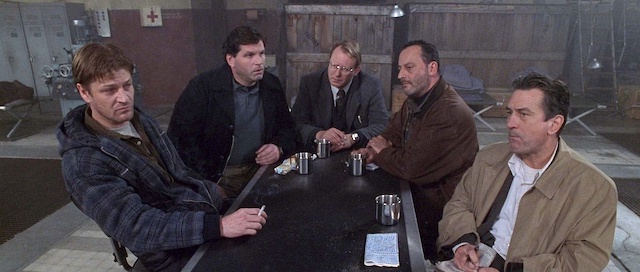How to Show Your Sleuth’s Vulnerabilities for Greater Reader Empathy

Make Your Sleuth Protagonist Three-Dimensional With Vulnerabilities
A protagonist without vulnerabilities is one-dimensional. Of course, you want your mystery sleuth to be multi-talented and skilled with traits that will ultimately solve the mystery puzzle.
Expand your sleuth protagonist with vulnerabilities. Nobody is perfect. Your sleuth is no exception. When your main character has soft spots and vulnerabilities, they feel human.
Your character’s humanity resonates with your reader and connects them to your story.
Why Vulnerabilities Are Important to Your Story
Vulnerabilities deepen your character. Those weaknesses also help you create tension in your story. Tension builds when your character faces a conflict and your reader does not know the outcome.
When a conflict arises from a vulnerability, the results can devastate your protagonist. Those results produce new obstacles to overcome. Those new obstacles raise tension. Your reader sees the weakness and questions how the protagonist will survive.
How to Show Your Protagonist’s Vulnerabilities
The key to connecting your reader with your detective’s vulnerabilities is to show them in action in a scene. Telling your reader that your sleuth has a defect does not engage your reader.
The best way to display your sleuth’s weaknesses is to work them into scenes in your story. Writing a scene that shows who your character is, you never have to talk about their personality at all. Your aim is to show your reader those personality vulnerabilities.
Four Key Scenes to Show Character Vulnerability
Through action, reflection, and dialogue, you can portray your protagonist’s weaknesses. Although you should aim to do this whenever you want to illustrate a weakness, there are four key scenes that will help you portray your character’s flaws and weaknesses.
Before you write the scene, know what characteristic(s) you want to reveal—uncontrolled anger, arrogance, gruff, unable to see how others see them, etc. Write the scene to reveal the flawed trait.
The Action Scene
The key in the action scene is to set it up so it reveals your character by pitting them against a problem. Your character must take action or decide not to take action.
Remember, dialogue is action.
Your character’s action or inaction reveals their character.
Plus, your reader learns about your character’s nature by the choices and actions the character takes. Actions your character does not take are just as important.
You reveal your sleuth’s character through their action.
For example:
- Are they meticulous and plan everything out?
- Or are they quick to action and don’t plan anything?
- Does this lead to further problems by taking too long to plan things out?
- Or by acting rashly or quickly do they create self-destructive problems?
- Does the character learn as they go, and approach problems differently based on past events?
- Or do they keep making the same mistakes?
- Do they take no action at all by running or leaving the problem for others to solve?
The Quick Blink Scene
The quick blink is a brief paragraph in a scene that demonstrates your character’s vulnerabilities. It’s short. Your reader will subconsciously take in what you show.
In one paragraph, you show the reader a specific core character trait that is core, but you do it in a blink. Your reader won’t notice how you’ve revealed your character’s inner core.
To create this scene, you need one or two character flaws you want to divulge. Show your character in action (dialogue is action) to reveal his fear or vulnerability.
That’s it. One paragraph plants the seed in your reader’s mind.
The Vulnerability
In this scene, you not only set up the vulnerability, but reveal the consequences of your protagonist’s flaw or weakness.
Set up for consequences that cause complications. The consequences don’t have to be big. In fact, having the consequences seem everyday or “normal” helps your reader relate to your character.
Say your protagonist isn’t a morning person and needs a cup of coffee and some private time before they start the day. Then an important interruption, a phone call or a knock on the door, forces them to “be on the job” before they’ve had that first cup of coffee.
The Big Deal
Give your sleuth an unimportant loss. It may not be a big deal to you or your reader, but it highlights your detective’s flaw.
Say they have a Harley Pan America sports motorcycle, and it gets a scratch. The scratch sends them into a rage. This is a sport cycle ready for offroad adventures. The reaction is out of proportion to the event.
This same sleuth may look at a ravaged corpse and stay composed.
Show Flaws to Your Reader
These examples are just four ways to make sure your protagonist sleuth is not perfect.
You’ll add tension to the story and build rapport with your reader.
Your goal as a writer is to create a character with positive and negative traits. The scope makes your character relatable. Even if your reader doesn’t like the flaws, they understand your character’s humanity.
If you are ready to write your mystery, learn how to go from story idea to The End at Write A Killer Mystery.
Photo by Maii Fallara on Unsplash






